When it comes to choosing a sofa, one of the biggest decisions you'll have to make is whether to go for real leather or fake leather. Both options have their own unique characteristics and benefits, but there are also some key differences between them. In this article, we'll break down the main differences between leather and fake leather sofas to help you make an informed decision for your home.Leather vs Fake Leather Sofa: What's the Difference?
The debate between real and faux leather has been ongoing for years. Real leather is made from animal hide, while faux leather is a synthetic material designed to mimic the look and feel of real leather. So, which one is better? Well, it ultimately depends on your personal preferences and needs. Let's take a closer look at the pros and cons of each option.Real vs Faux Leather Sofas: Which is Better?
Before we dive into the differences between real and fake leather, it's important to understand the different types of fake leather available. Bonded leather, also known as recycled leather, is made from scraps of leather and other materials that are bonded together to create a leather-like material. Faux leather, on the other hand, is a completely synthetic material that is made to look like real leather. While both options are technically not real leather, the differences between them are significant.Leather vs Bonded Leather vs Faux Leather: What's the Difference?
Now that we've covered the different types of leather and fake leather, let's take a look at the pros and cons of each option. Real leather is known for its durability and luxurious look and feel. It ages well and develops a unique patina over time. However, it can be expensive and may require more maintenance than fake leather. Fake leather, on the other hand, is more affordable and easier to maintain. However, it may not have the same longevity and may not have the same high-end look and feel as real leather.Pros and Cons of Leather and Fake Leather Sofas
When it comes to durability, real leather is the clear winner. It is a natural material that is able to withstand wear and tear, making it a great choice for high-traffic areas. It also has a longer lifespan compared to fake leather, which may start to peel or crack over time. If you're looking for a sofa that will last for years, investing in a real leather sofa may be your best bet.Leather vs Fake Leather: Which is More Durable?
It can be challenging to tell the difference between real and fake leather just by looking at it. However, there are a few key indicators that can help you determine the authenticity of your sofa. Real leather will have a natural grain and texture, whereas faux leather may have a more consistent and uniform appearance. You can also perform a simple scratch test - real leather will not show any marks when scratched, while fake leather may show signs of peeling or flaking.How to Tell the Difference Between Real and Fake Leather Sofas
If you're concerned about the environmental impact of your furniture choices, you may be wondering which option is more eco-friendly. While real leather is a natural material, it does require the use of animal hides and can have a significant carbon footprint due to the tanning process. On the other hand, faux leather is made from synthetic materials and does not involve the use of animal products. However, the production of these materials can also have an impact on the environment. Ultimately, it's important to do your research and choose a sofa from a brand that has sustainable and ethical practices in place.Leather vs Faux Leather: Which is More Environmentally Friendly?
One of the main factors that may influence your decision between leather and fake leather is the cost. Real leather sofas tend to be more expensive than faux leather sofas, making them a better choice for those on a budget. However, it's important to keep in mind that real leather sofas can also be a long-term investment, as they have a longer lifespan compared to faux leather. If you're looking for a more affordable option, faux leather may be the way to go.Leather vs Fake Leather: Which is More Affordable?
In terms of maintenance, faux leather is the clear winner. It is easy to clean and does not require any special care to keep it looking its best. Real leather, on the other hand, may require regular conditioning to prevent drying and cracking. It may also be more susceptible to stains and spills, which can be difficult to remove. If you're looking for a low-maintenance option, faux leather may be the better choice.Leather vs Faux Leather: Which is Easier to Maintain?
Comfort is always a top priority when it comes to choosing a sofa. Both leather and faux leather can be comfortable options, but it ultimately depends on the specific sofa and your personal preferences. Real leather can be more supple and soft, but faux leather can also have a similar feel. It's best to test out both options to see which one feels more comfortable to you. In conclusion, the choice between leather and fake leather sofas ultimately comes down to personal preference, budget, and needs. Both options have their own unique benefits and drawbacks, and it's important to carefully consider these factors before making a decision. With this guide, we hope you're able to make an informed choice and find the perfect sofa for your home.Leather vs Fake Leather: Which is More Comfortable?
The Environmental Impact: Leather vs Fake Leather Sofa
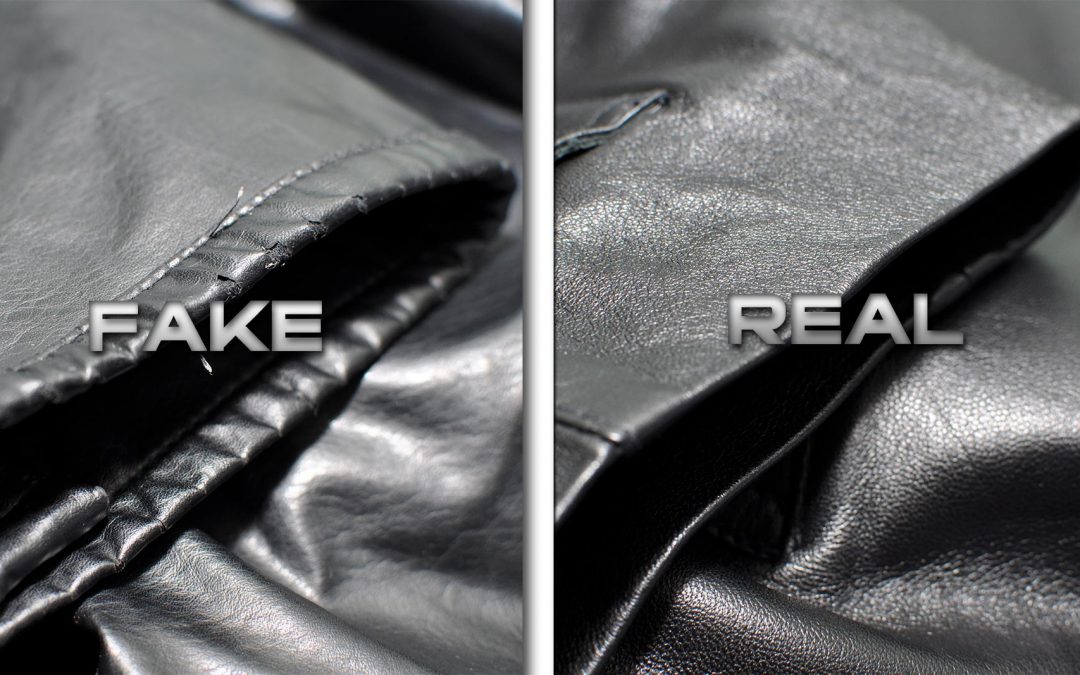
Choosing the right sofa for your home involves considering not just its aesthetic appeal and comfort, but also its impact on the environment. Leather and fake leather sofas are two popular options, but which one is better for the planet?
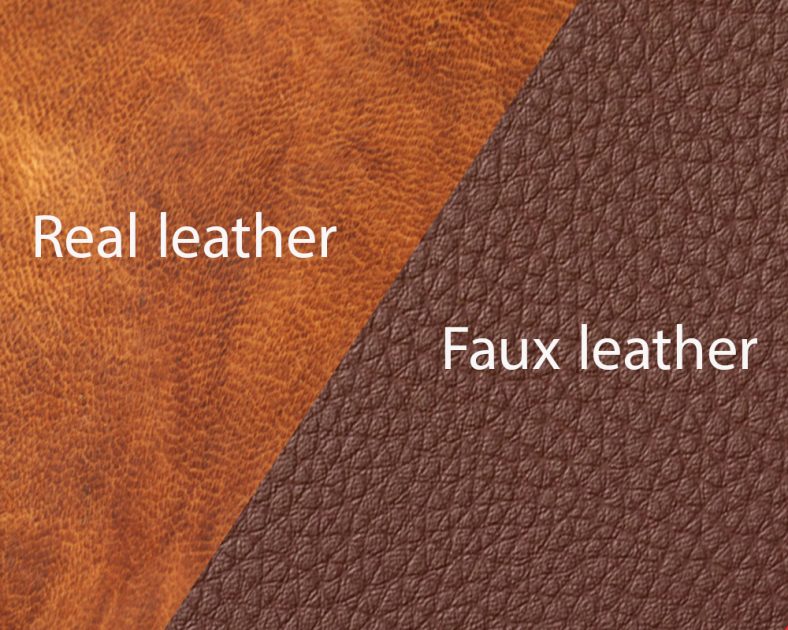 When it comes to leather sofas, the main material used is animal hide, typically from cows. This means that the production of leather involves the slaughter of animals, which can be seen as unethical by some individuals. In addition, the tanning process used to treat the hides involves the use of harmful chemicals, which can be harmful to the environment and to those who work in the tanneries.
On the other hand, fake leather, also known as faux leather or vegan leather, is a man-made material usually made from polyurethane or PVC. This means that no animals are harmed in the production process, making it a more ethical choice for those who are conscious about animal welfare. However, the production of fake leather also has its drawbacks. The use of PVC releases toxic chemicals into the environment, while polyurethane is a non-biodegradable material, meaning it will sit in landfills for hundreds of years.
So, which one is the more environmentally-friendly option?
While both leather and fake leather have their own environmental impacts, it can be argued that
fake leather is the better choice for the planet
. As technology advances, more sustainable and eco-friendly alternatives to PVC and polyurethane are being developed. Some companies are now using recycled materials, such as plastic bottles, to create fake leather, reducing the amount of waste that ends up in landfills. Additionally, fake leather can be easily recycled and reused, further reducing its environmental impact.
In conclusion, when it comes to choosing between a leather or fake leather sofa, it's important to consider not just the style and comfort, but also the environmental impact. Both materials have their pros and cons, but
opting for a fake leather sofa can be a more sustainable and ethical choice in the long run
. By choosing eco-friendly materials, we can all do our part in reducing our carbon footprint and preserving the planet for future generations.
When it comes to leather sofas, the main material used is animal hide, typically from cows. This means that the production of leather involves the slaughter of animals, which can be seen as unethical by some individuals. In addition, the tanning process used to treat the hides involves the use of harmful chemicals, which can be harmful to the environment and to those who work in the tanneries.
On the other hand, fake leather, also known as faux leather or vegan leather, is a man-made material usually made from polyurethane or PVC. This means that no animals are harmed in the production process, making it a more ethical choice for those who are conscious about animal welfare. However, the production of fake leather also has its drawbacks. The use of PVC releases toxic chemicals into the environment, while polyurethane is a non-biodegradable material, meaning it will sit in landfills for hundreds of years.
So, which one is the more environmentally-friendly option?
While both leather and fake leather have their own environmental impacts, it can be argued that
fake leather is the better choice for the planet
. As technology advances, more sustainable and eco-friendly alternatives to PVC and polyurethane are being developed. Some companies are now using recycled materials, such as plastic bottles, to create fake leather, reducing the amount of waste that ends up in landfills. Additionally, fake leather can be easily recycled and reused, further reducing its environmental impact.
In conclusion, when it comes to choosing between a leather or fake leather sofa, it's important to consider not just the style and comfort, but also the environmental impact. Both materials have their pros and cons, but
opting for a fake leather sofa can be a more sustainable and ethical choice in the long run
. By choosing eco-friendly materials, we can all do our part in reducing our carbon footprint and preserving the planet for future generations.
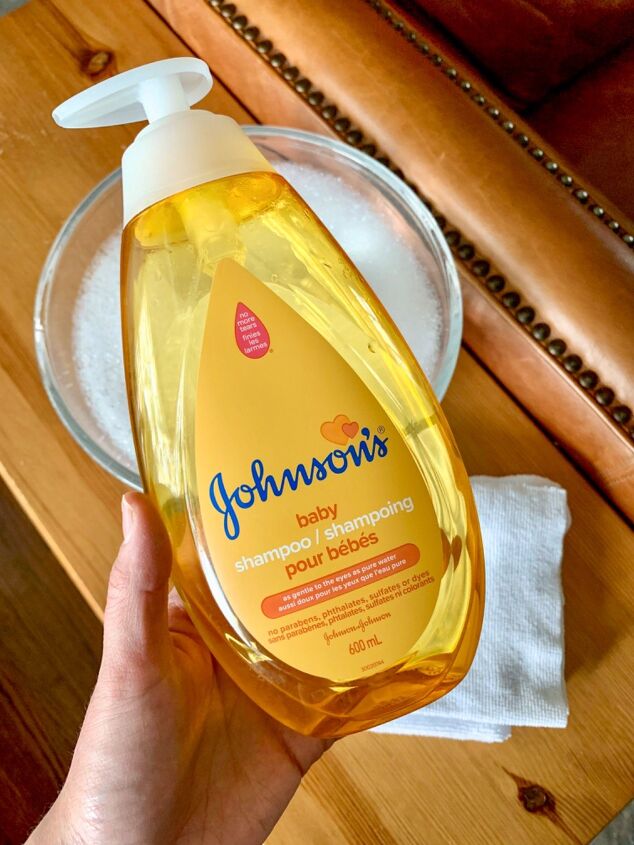


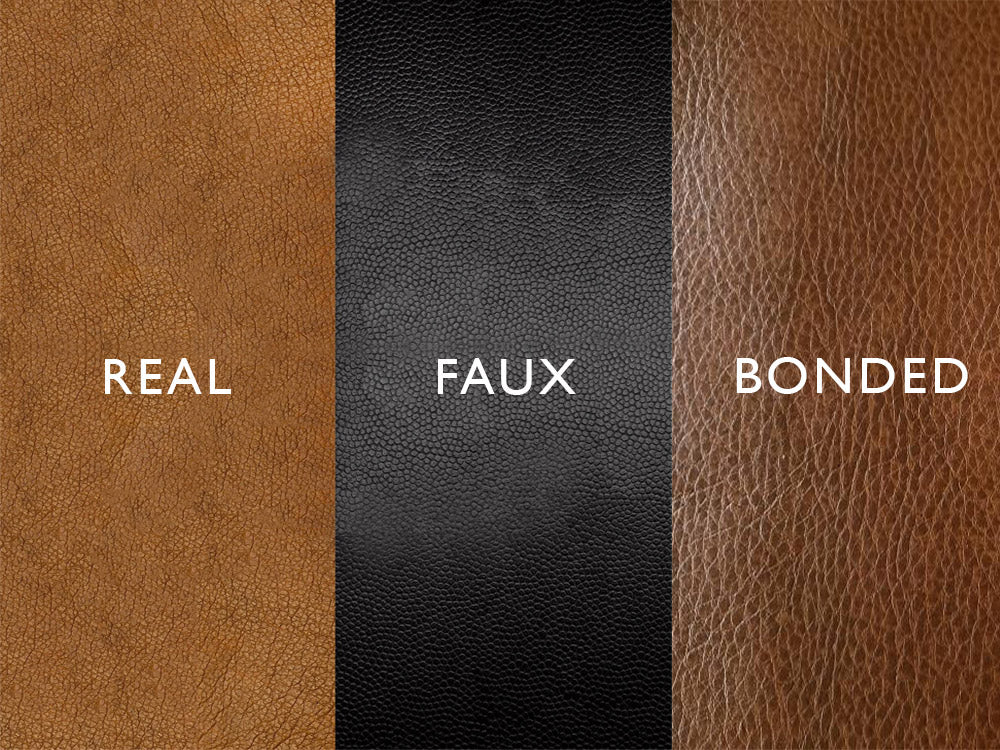
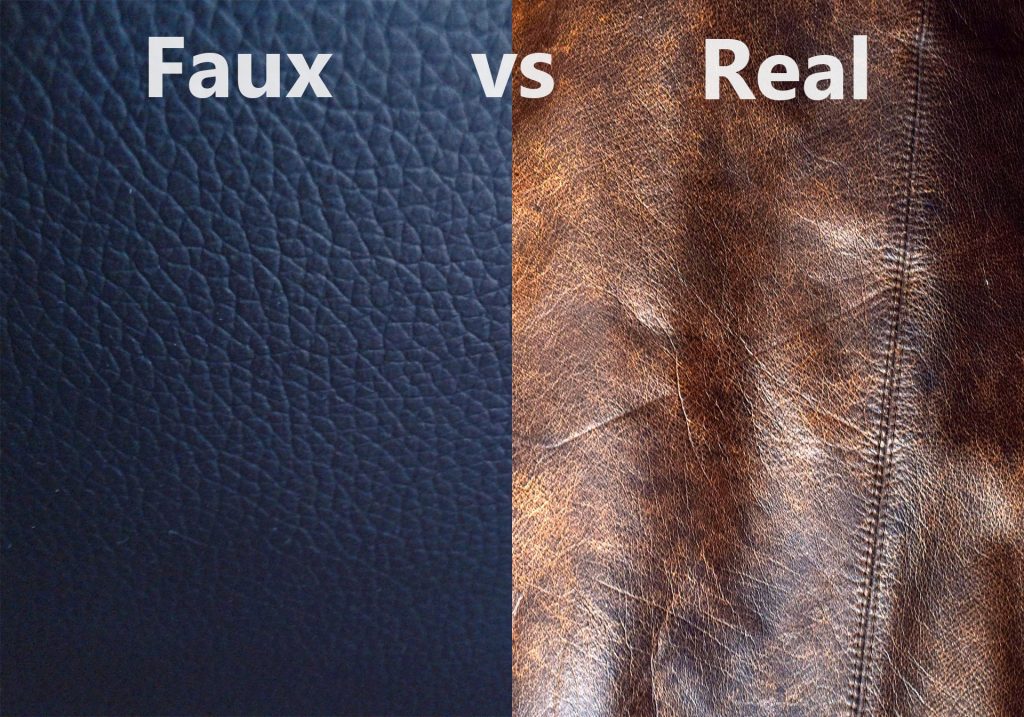
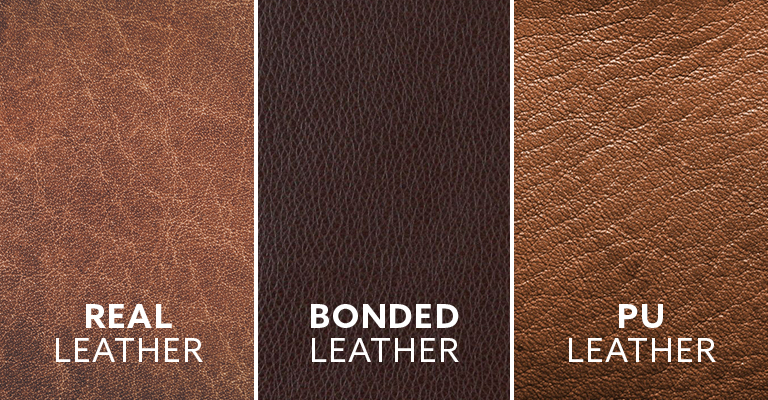
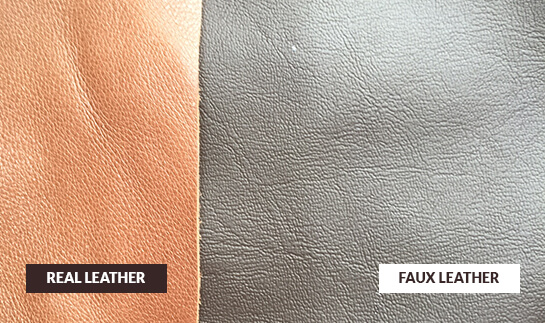



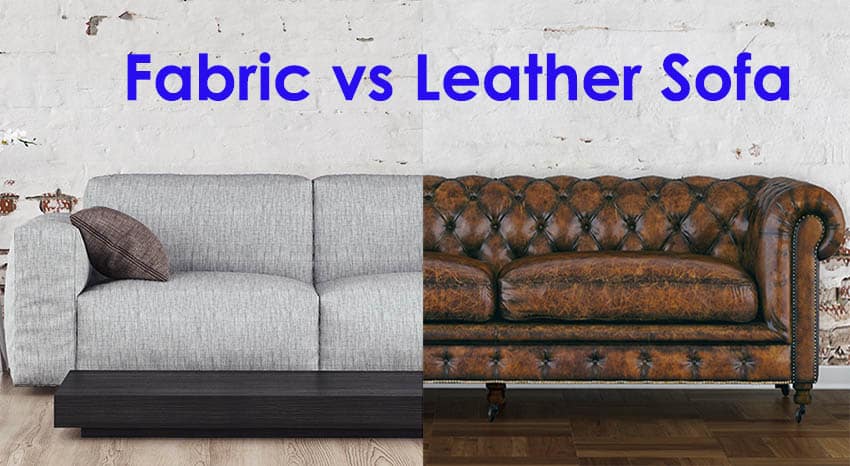



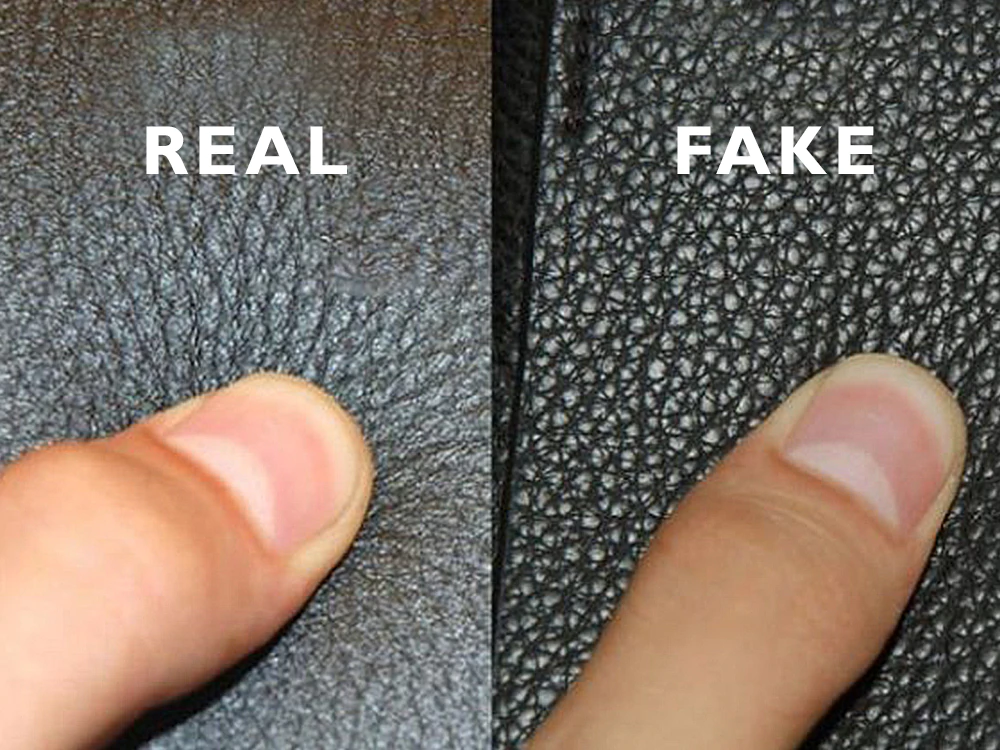








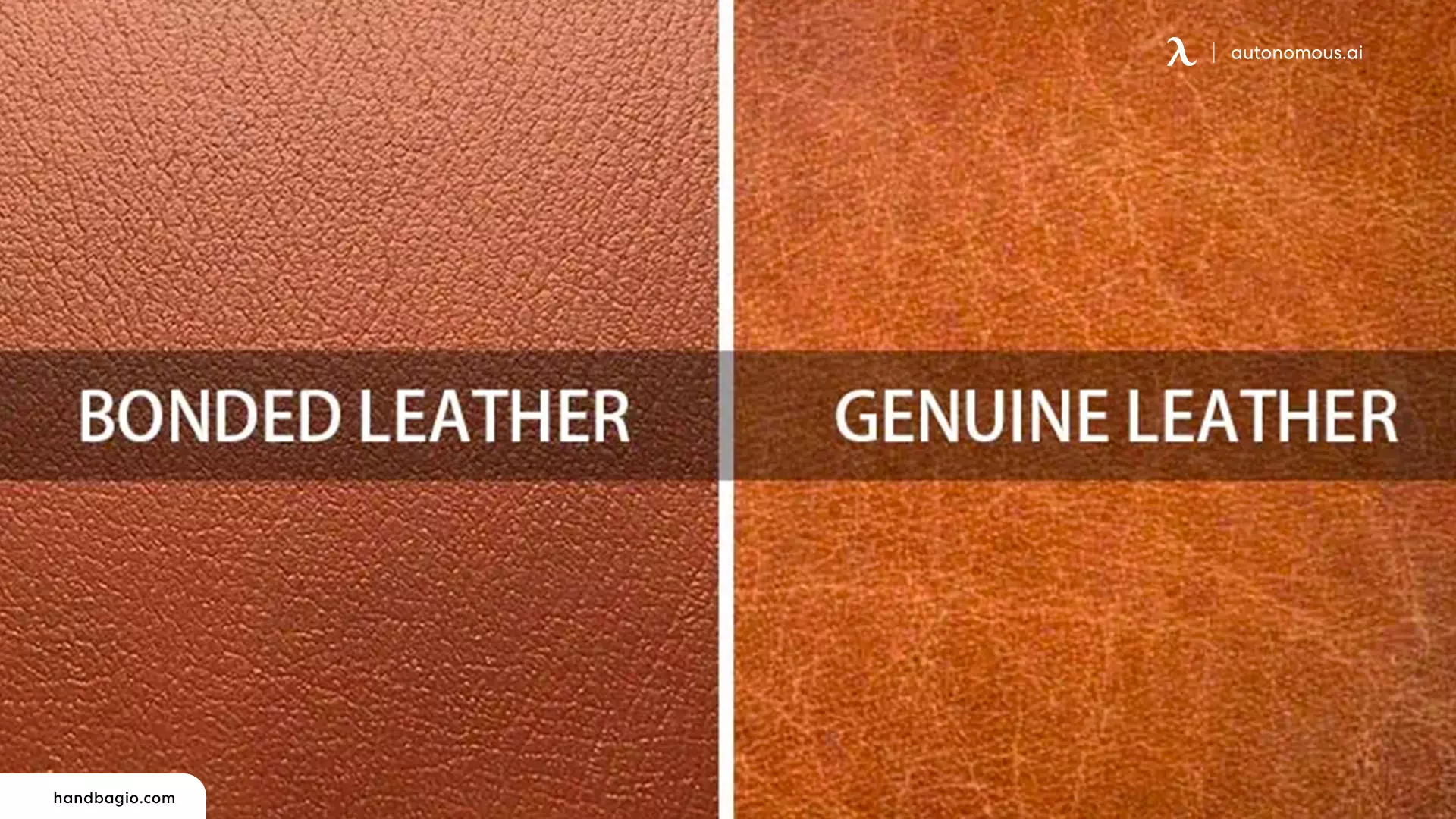


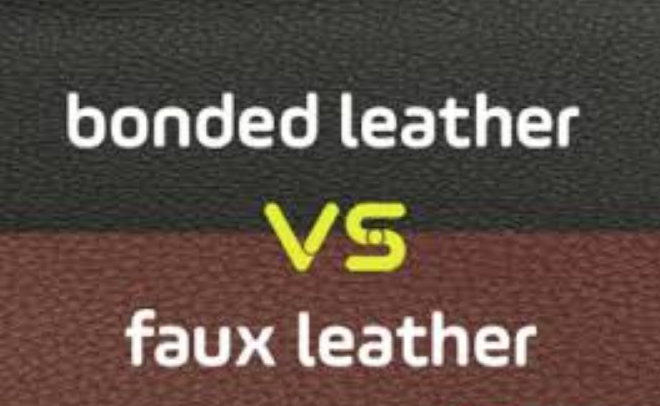




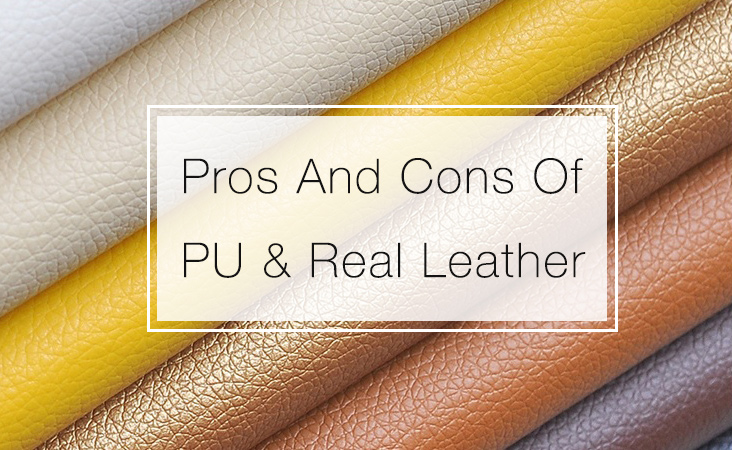
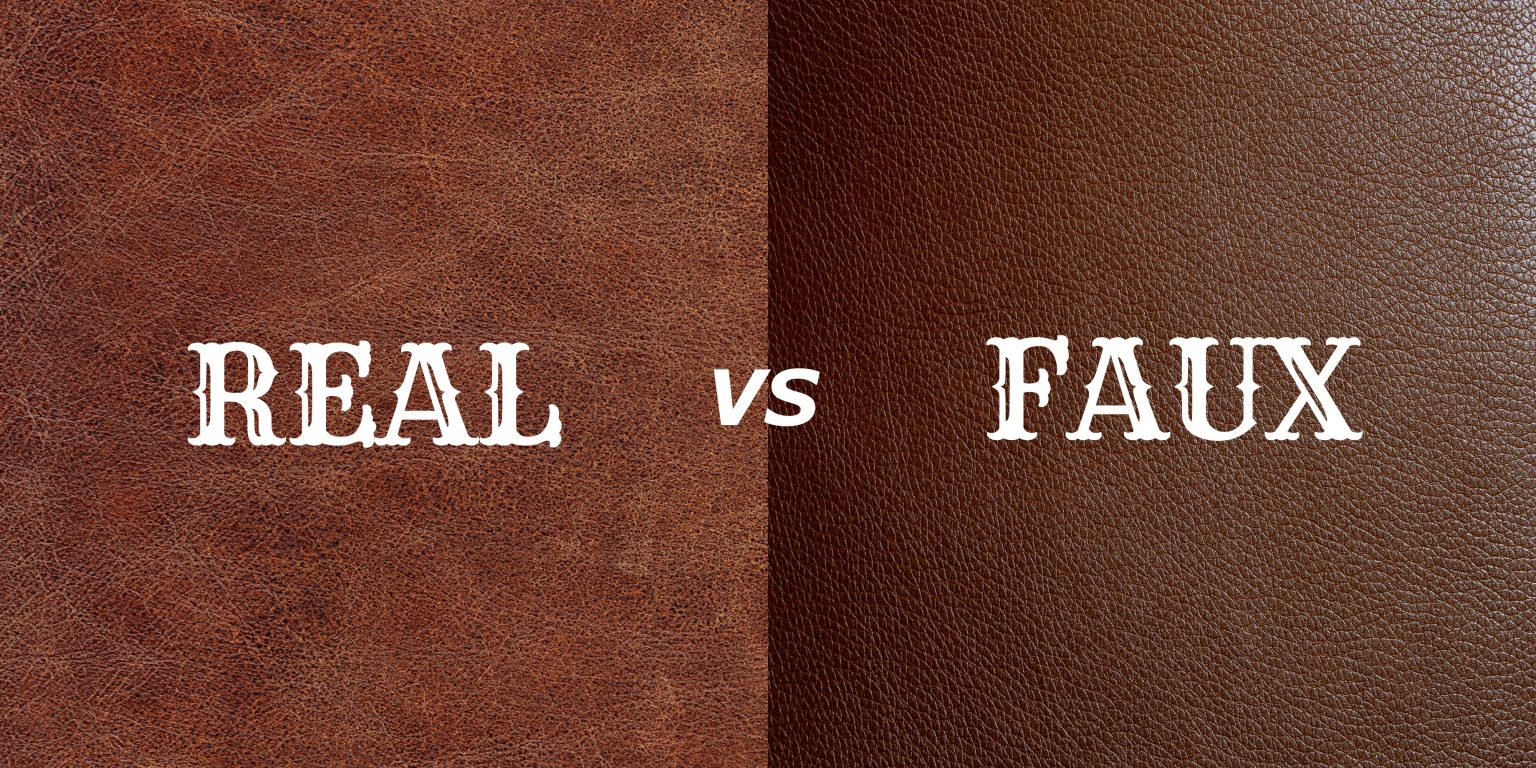



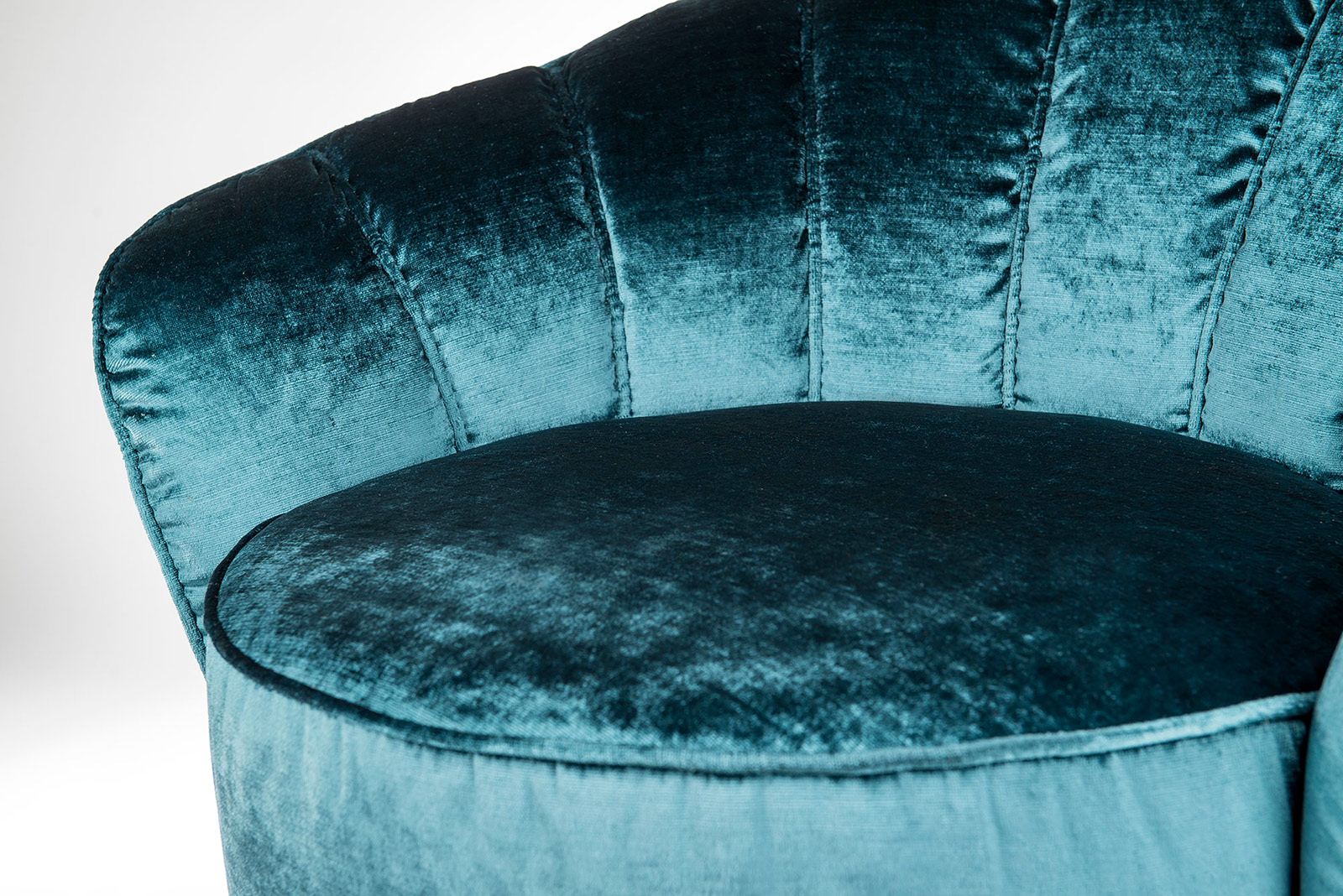

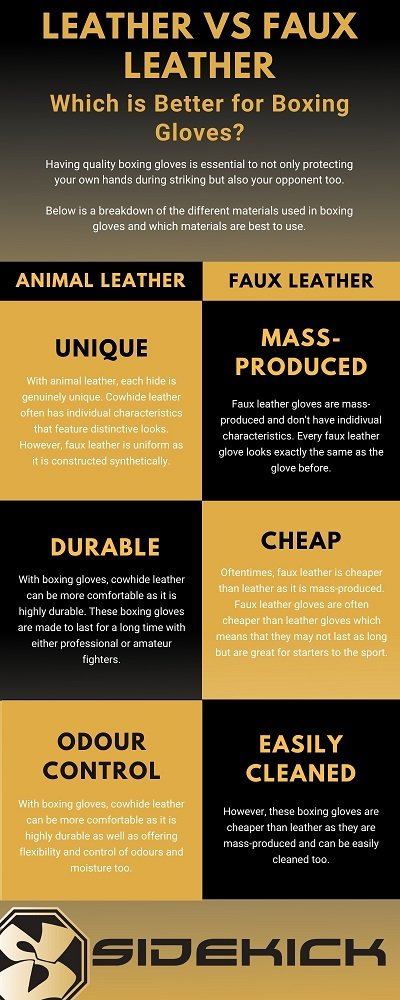

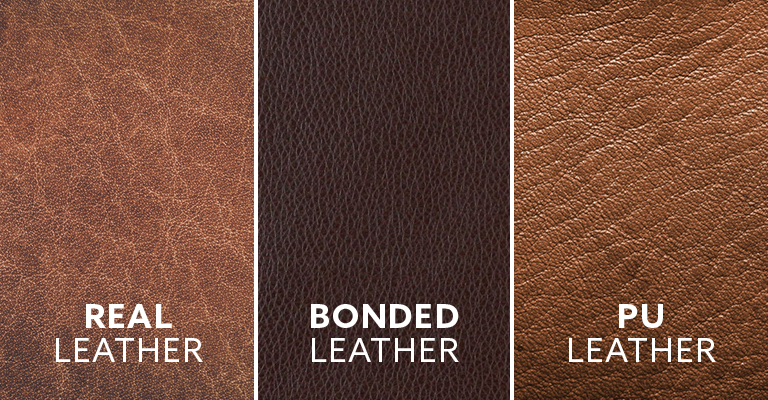



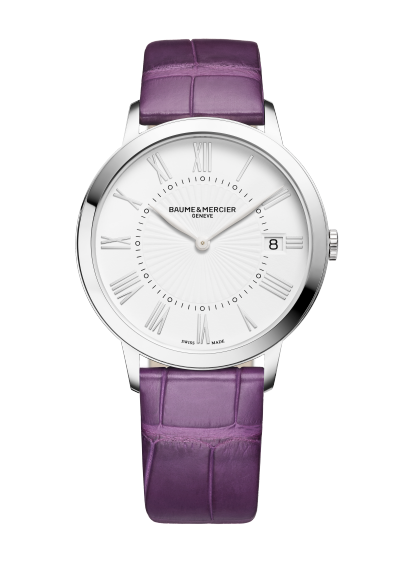






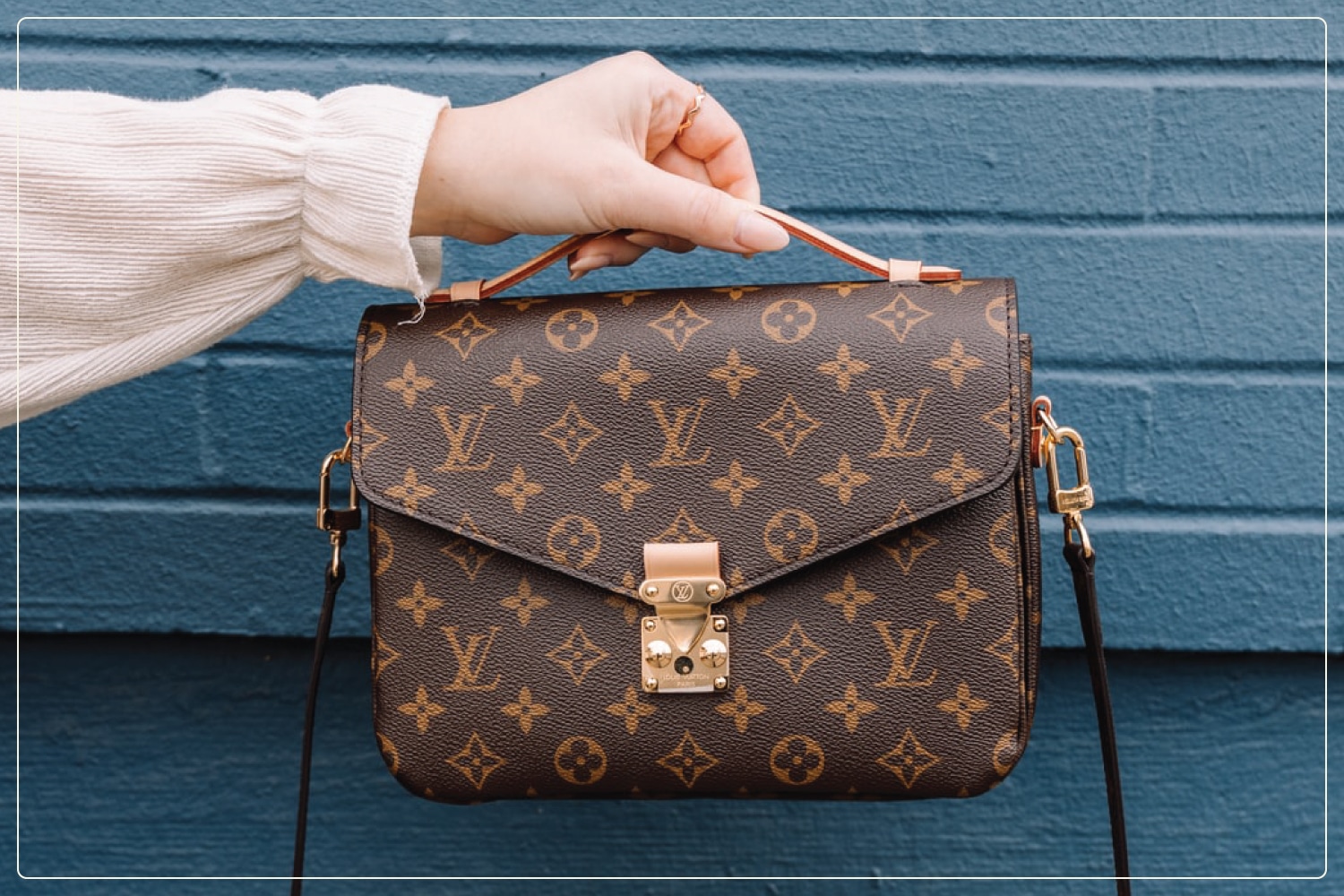




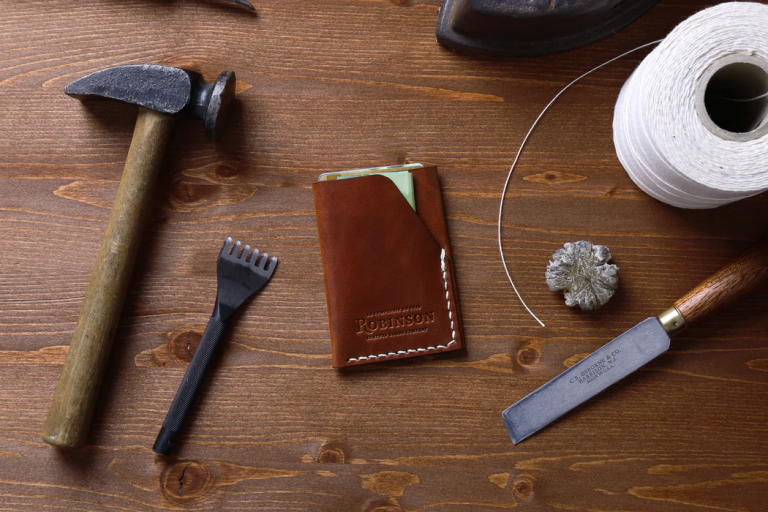
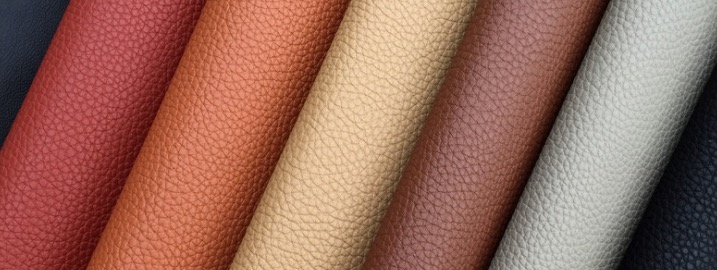






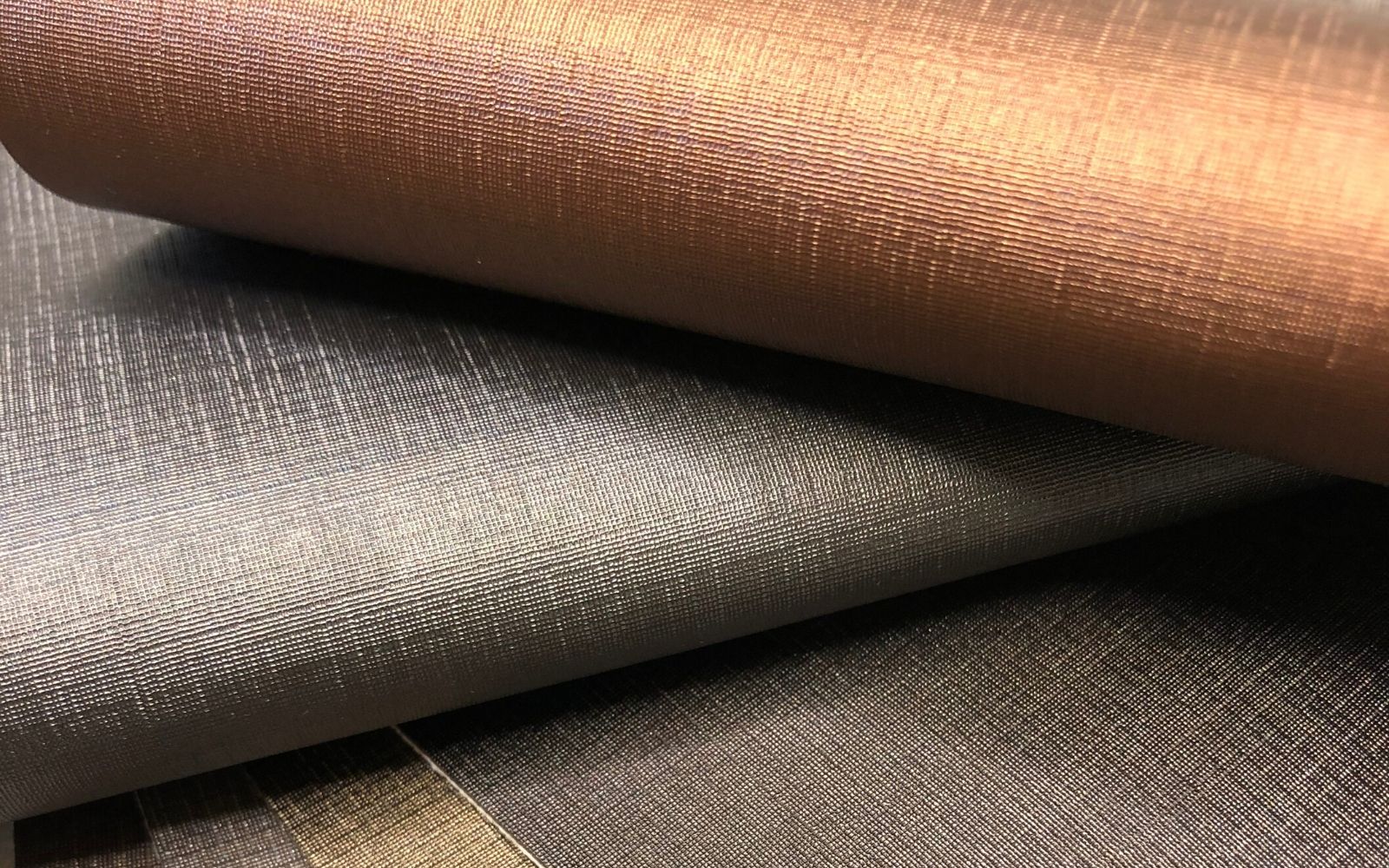

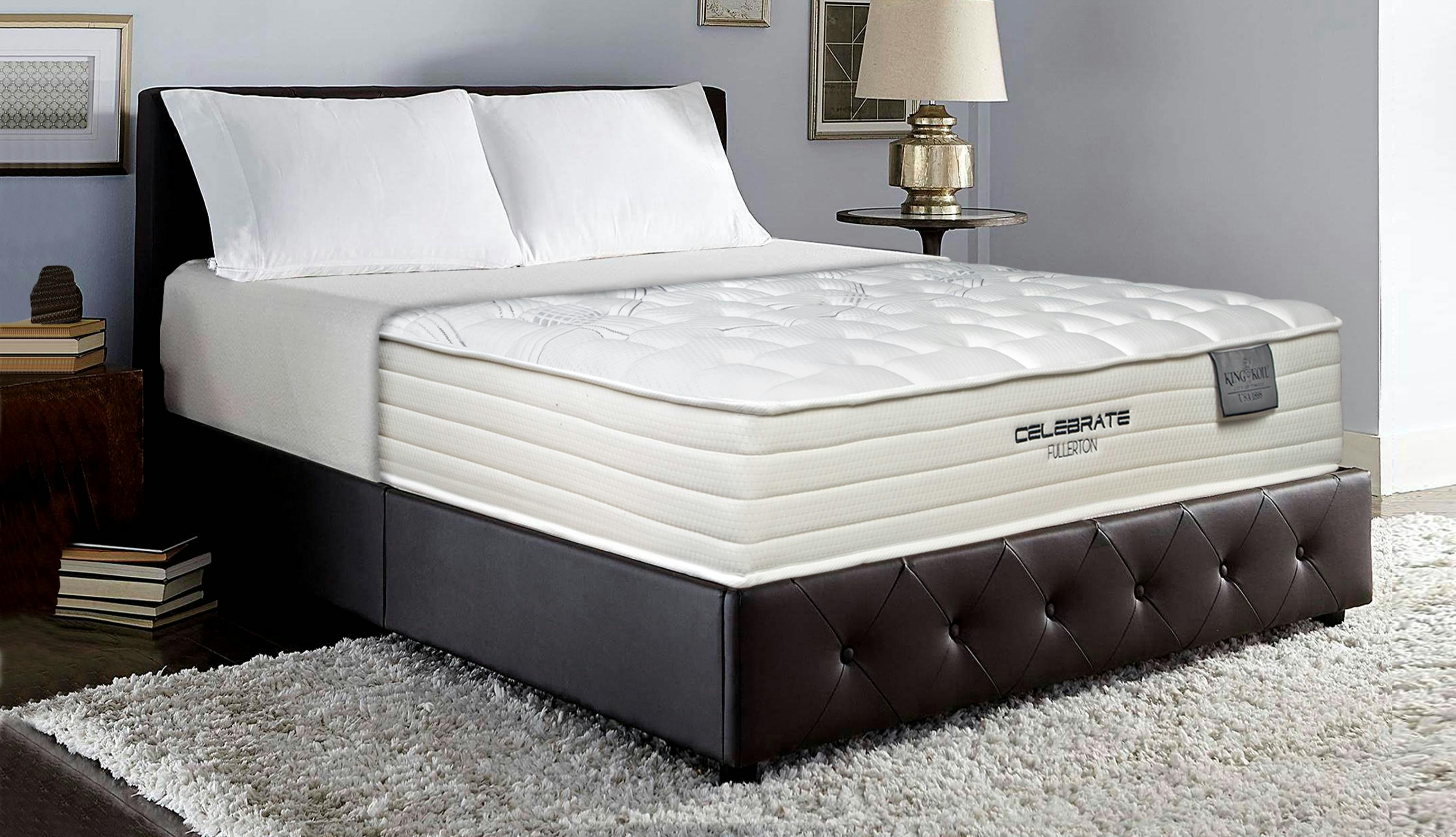
:max_bytes(150000):strip_icc()/CarinaSkrobeckiPhoto_8311FrederickAve_01-32a4797df6d74aeda2f2fc1e1f986c30.jpg)


:max_bytes(150000):strip_icc()/Helix-Assets-Photography-Product-Mattress-Standard-Midnight-Lifestyle-20190312-5c8a98b1c9e77c0001eb1ba5.jpg)

